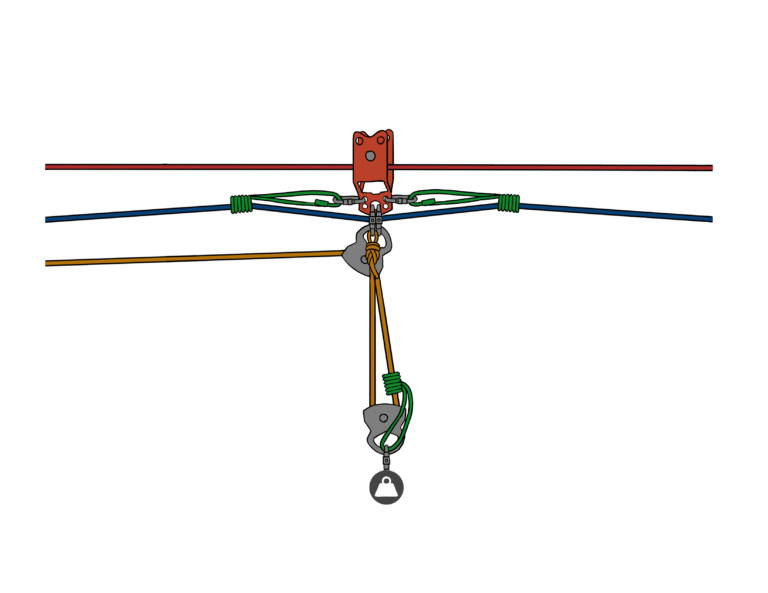The Fundamentals of Rigging in Rescue Operations
Rigging plays a pivotal role in rescue operations, where the ability to analyze and manage forces effectively can make the difference between a successful mission and a potential disaster. Whether navigating high-angle rescues or confined spaces, mastering the fundamentals of rigging is crucial for safety and efficiency. In this guide, we explore three core aspects of rigging: understanding the forces at play, leveraging mechanical advantage, and excelling in moving systems.
1. Understanding Forces: The Foundation of Rigging
Every rigging operation begins with understanding how forces are generated and distributed. Forces are the driving factors behind every lift, haul, or movement, and misjudging them can lead to system failures or unsafe operations.
- Problem: Rescuers who lack a clear grasp of force dynamics may struggle to assess risks accurately, leading to inefficiencies and potential hazards.
- Solution: By analyzing the principles of force generation—such as tension, compression, and gravitational pulls—rescuers can calculate load requirements and ensure system integrity. Tools like force multipliers and load calculators are invaluable for making data-driven decisions in critical situations.
2. Mechanical Advantage: Harnessing the Power of Pulleys
Mechanical advantage is a cornerstone of rigging that simplifies complex tasks, making rescue operations more efficient and less physically demanding.
- Problem: Without utilizing mechanical advantage, rigging tasks can become overly strenuous, increasing physical fatigue and operational risks.
- Solution: Pulley systems amplify input force, allowing rescuers to lift or move heavy loads with minimal effort. Whether using a 3:1 or 5:1 mechanical advantage setup, these systems reduce strain on team members while improving operational precision. For example, a stretcher hoist in a high-angle rescue becomes safer and faster with a well-designed pulley system.
3. Moving Systems: Safely Transporting Objects and People
Rigging is not just about lifting but also about controlled movement. Rescuers must master techniques to transport objects or individuals across varying terrains safely and efficiently.
- Problem: Poorly planned movements can lead to delays, accidents, or worsening of injuries during rescues.
- Solution: Moving systems, whether horizontal or vertical, offer structured solutions for navigating complex rescue scenarios. Techniques such as tensioned highlines, low-angle hauls, or confined-space extrications ensure the safe and efficient relocation of loads. Proper training in moving systems enhances the speed and safety of rescue missions.
Conclusion
Mastering rigging fundamentals—understanding forces, leveraging mechanical advantage, and executing moving systems—is non-negotiable for any rescue professional. These skills ensure safety, efficiency, and effectiveness in the most challenging scenarios. As you continue to hone your expertise in rigging, remember that a solid foundation in these principles is the cornerstone of successful rescue operations.
- Understanding Forces in Rigging
Link: Rope Rescue Rigging Basics - Mechanical Advantage Systems
Link: Mechanical Advantage Pulley Systems - Moving Systems for Rescue Operations
Link: Advanced Rope Rescue Systems - Training and Skills Development
Link: Rigging Lab Academy Training Programs - Safety Standards and Compliance
Link: NFPA Safety Guidelines
Peace on your Days,
Lance










